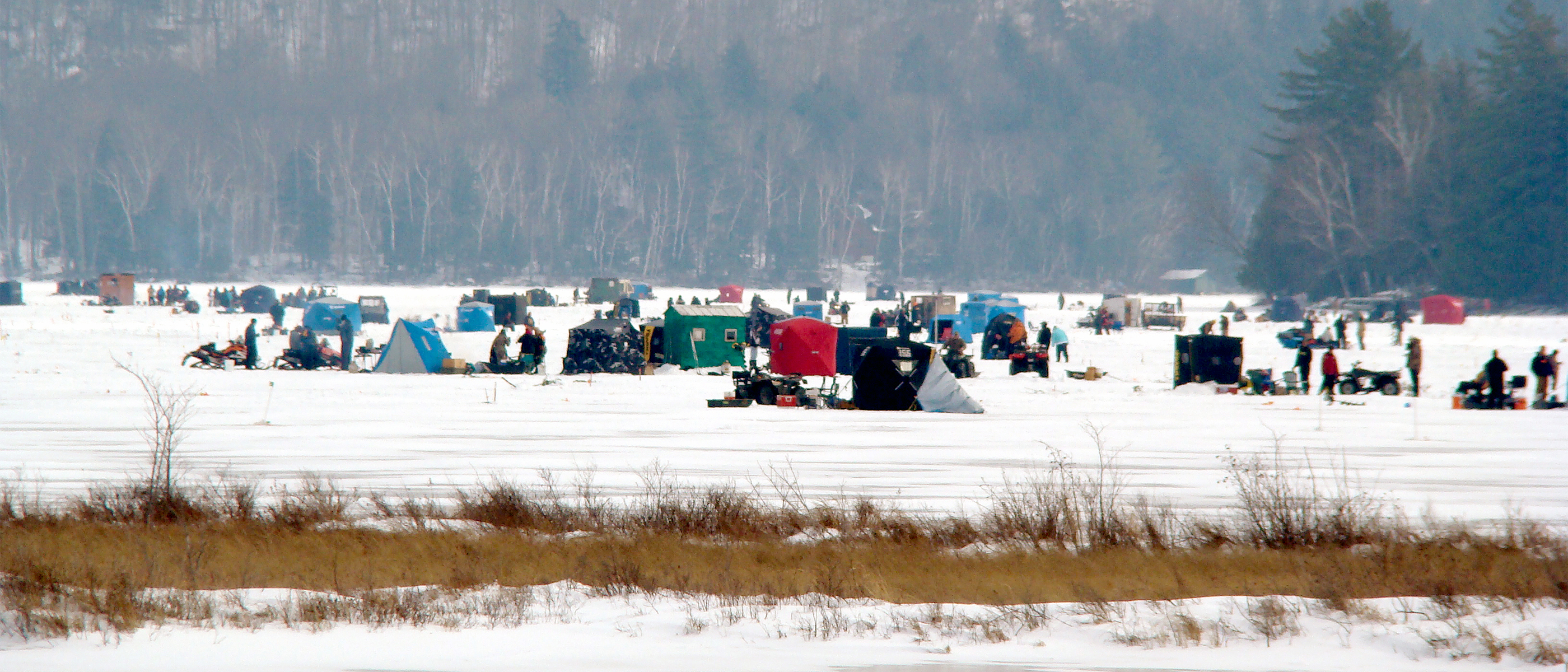
Walking the white carpet
With the annual Northern Challenge Ice Fishing Derby now just days away, it's time to think about just what you want to wear on the big day. Whether you are a seasoned pro or an ice fishing newbie, what should be a fun outing is guaranteed to quickly turn into an unhappy (or even miserable) experience if you're cold and wet. So the one thing I've learned over the years is that fun & warmth go hand in hand. The following is a guide on how to dress for a great day of ice fishing, however, much (if not all) of it can be applied and adapted for most outdoor winter activities from snowshoeing to backcountry trekking to skiing and snowmobiling.
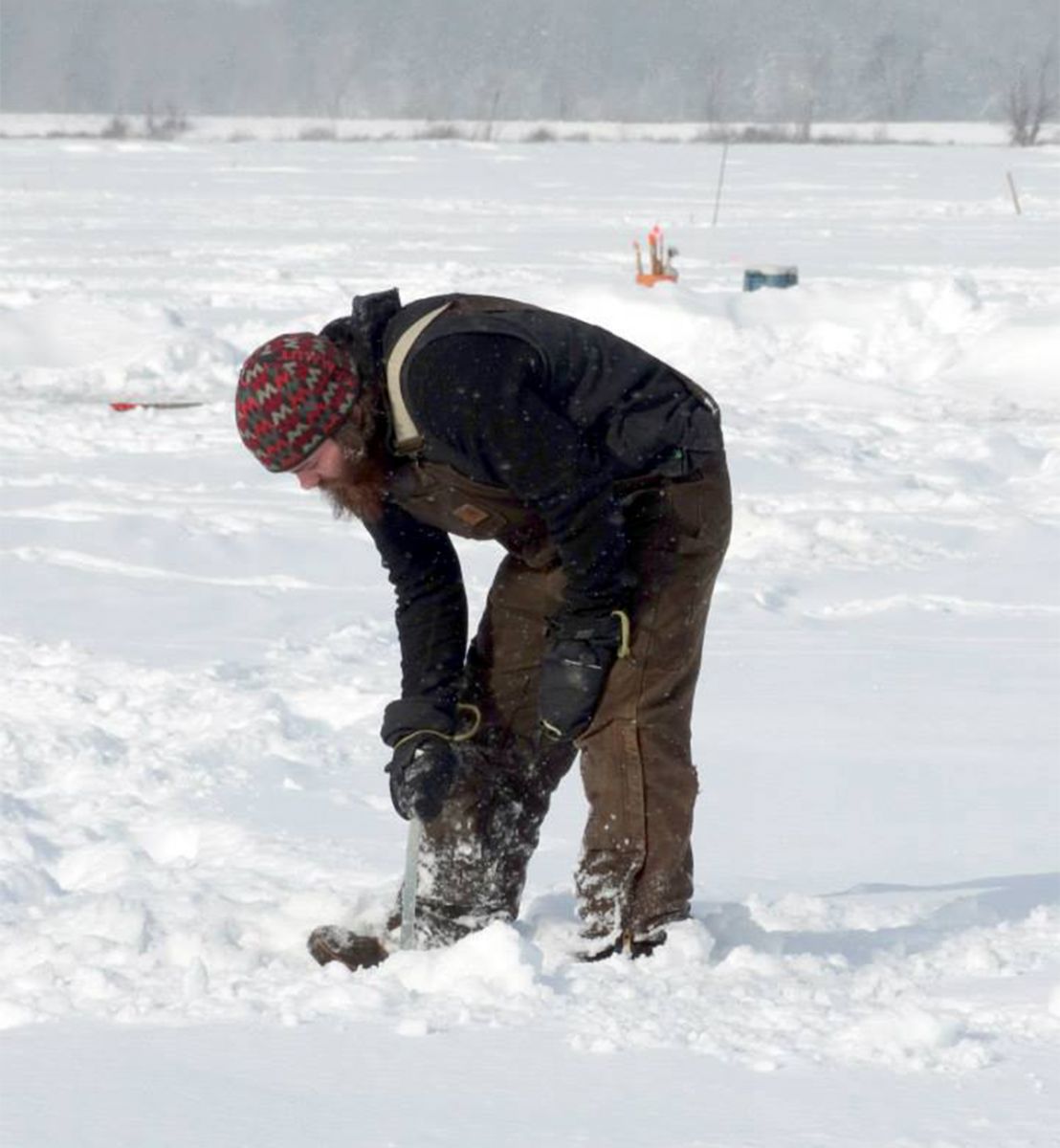
Gear Guide: What to wear ice fishing
Layers are key!
Just like mom always said (which oddly I now hear myself preaching to my offspring) "it's all about layers." Weather can change drastically while you are out on the ice. Not only do you have the range of temperatures from morning-lows to afternoon-highs to contend with but you ]also have wind and weather to consider. Dressing in layers not only ensures that you will stay warm, but it gives you the flexibility to shed layers when the temperatures rise and then reapply when it cools back down.
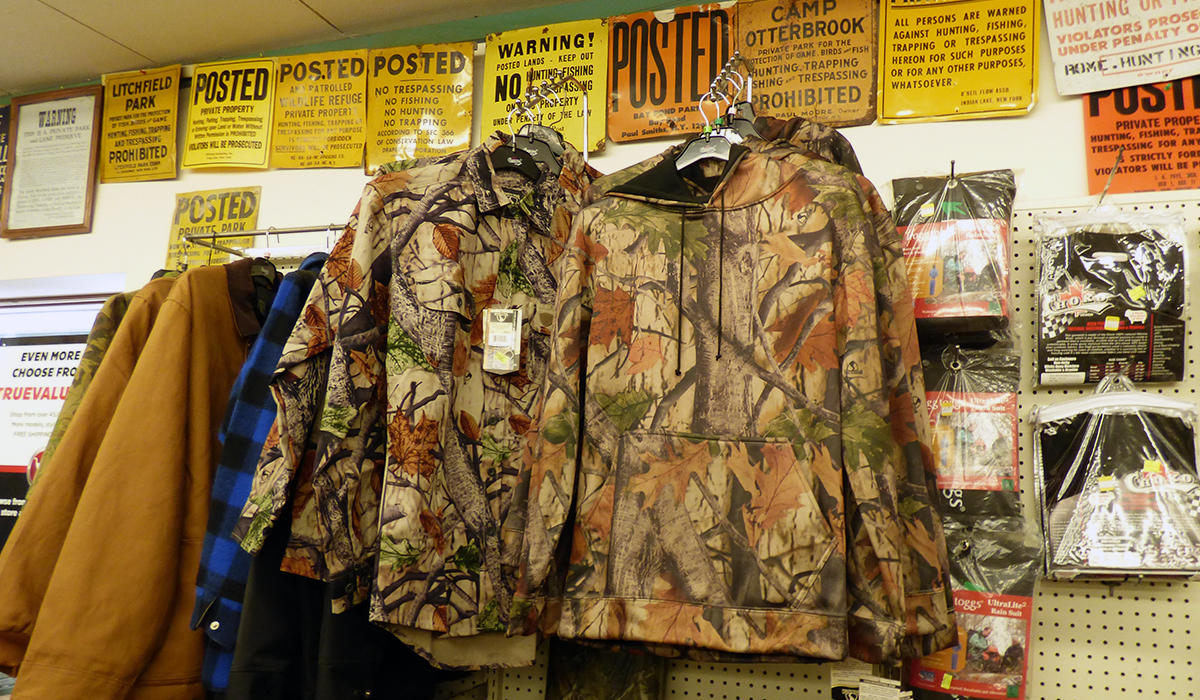
Base Layer
I'm a firm believer that this is probably the most important layer, after all this is the layer that is directly up against your skin. But where do you start? As the old saying goes... "cotton kills." Whether it be a cotton t-shirt or long underwear, if you sweat, get wet, or all of the above, the moisture in cotton never seems to go away. Then as the external temperatures takes hold, you are suddenly in a dangerous situation. It's recommended that anytime you are dressing to be outside in the winter elements that you start with a polypropylene or a mixed synthetic base layer that not only dries quickly, but unlike its cotton counterpart, actually works to wick moisture away from you. To get the most out of your base layer, it should fit snug up against your skin.
I'll admit that for years I was too cheap to invest in a good base layer. But as prices started to become more affordable and the new high-tech fibers became more mainstream, I took the plunge and it by far has probably been the best investment in outwear I've ever made.
Mid Layer(s)
The layers between your base layer and your outer layer (or jacket) is next. Unlike the base layer, the mid layer should be a little looser fitting layer. As for materials, it is really a matter of preference. Some prefer fleece, others wool, down, etc. I'm a big fan of a combination of two mid layers, since the point of layering is having the option to strip a layer down if need be. Depending on the forecast the first layer is either a fleece or a thicker and looser fitting, mixed synthetic layer with some neck protection. The second base layer is a lightweight micro-down that offers some wind stopping capabilities but is still light and flexible. The wind stopping feature in a mid layer isn't necessary but it allows me to quickly shed my outer layer and still be protected from the elements.
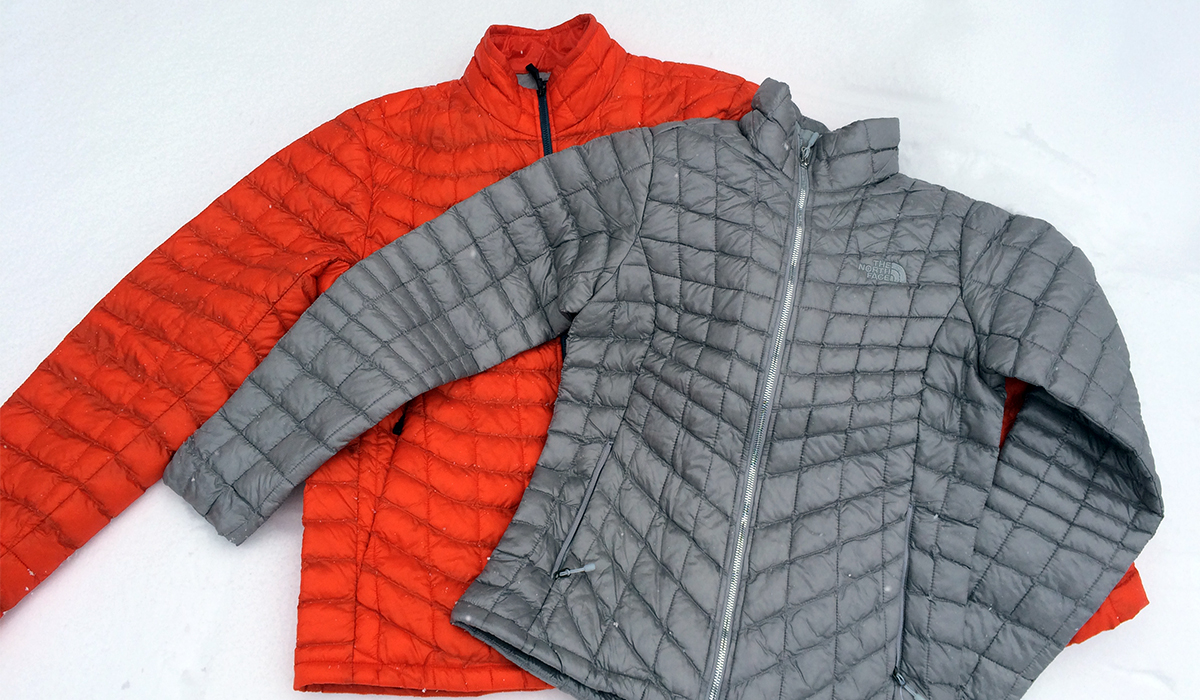
On truly cold days, you can also layer up on the legs as well by sliding on a pair of fleece pants over the base. However, this layer is harder to shed, so I usually rely on the weather forecast to determine whether or not I will apply. But odds are, if they are not on, they are rolled up in my bag just in case.
Waterproof/windproof outer layer
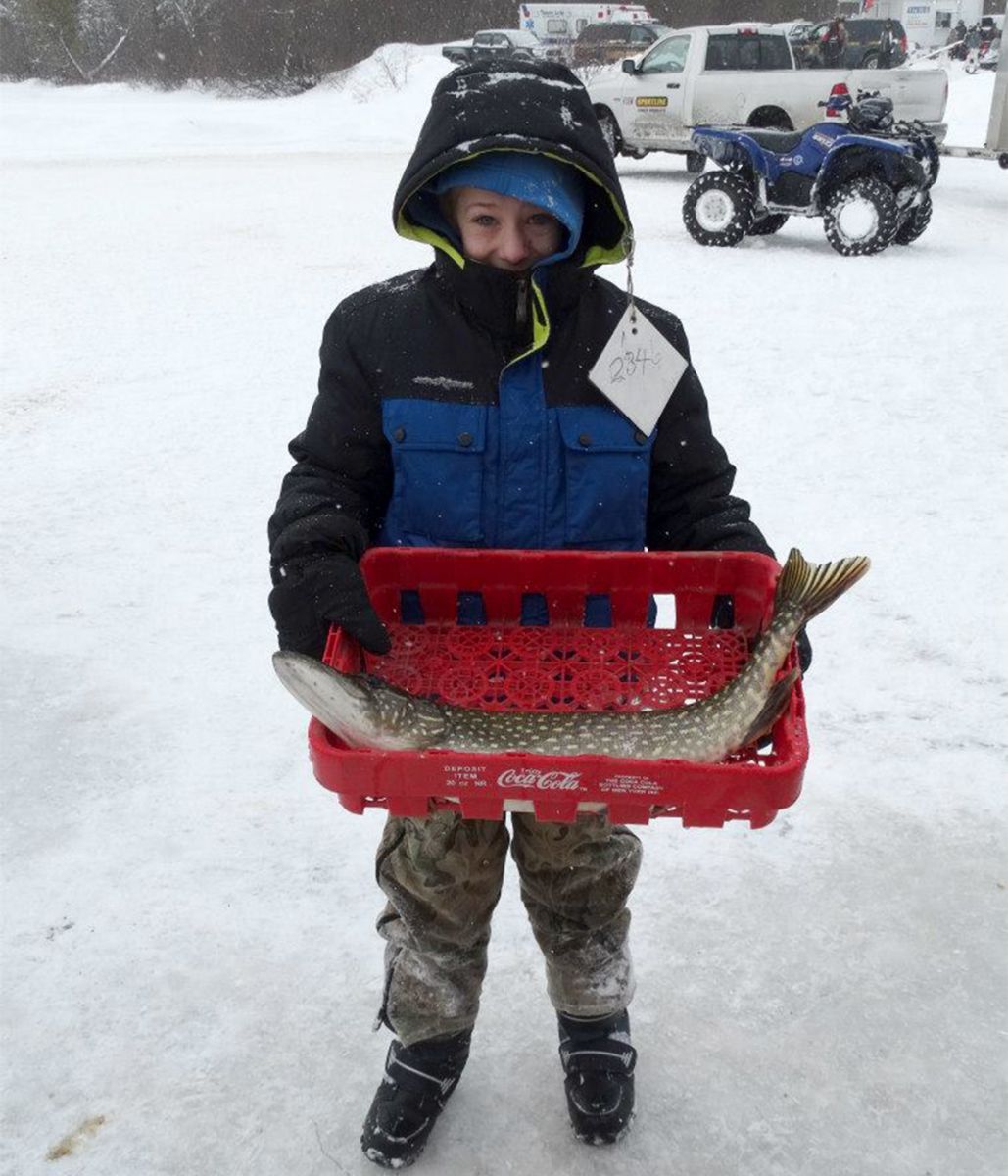
When it comes to your outer layer (jacket and pants) there are three elements that you are truly looking for: windproof, waterproof, and rip proof. I can't stress this enough: it may not feel windy when you step outside your home, rental property, or motel room -- but trust me, even on the calmest days, once you get out on the lake you are pretty much guaranteed to experience some wind. The same goes for waterproofing — whether it be snow, rain, sleet, slush, or water itself, having an outer layer that is waterproof and windproof are essential. The third element, rip proof, is also important as to not tear your jacket on hooks, knives, etc.
When you are looking for a good outer layer, there is a lot to factor in: Should you invest in something that has Gore-Tex? Would you make good use of having a ventilation system (or as my kids call it "pit-zips")? Do you want extra big pockets for lures and supplies? Needless to say, everyone has their own preferences here - so take some time, do your research and get something that best suits your needs and uses. I won't lie, I spent more time picking out my last winter parka than I did my wedding gown.
From head...
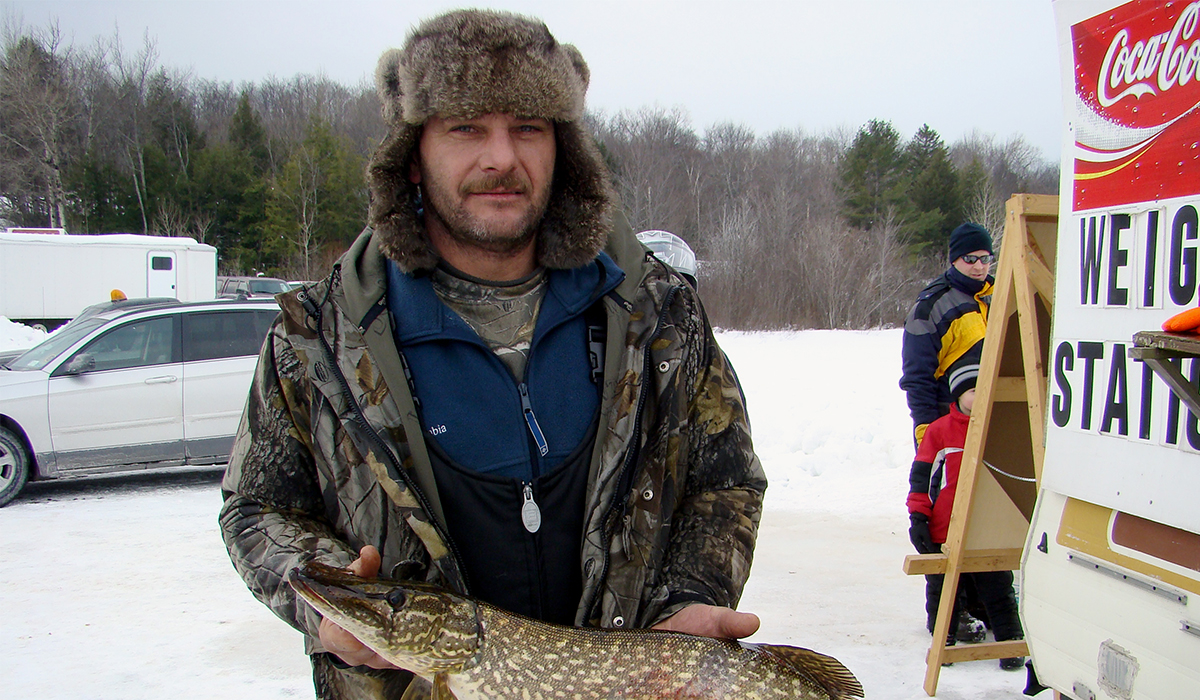
When it comes to headwear this is where fashion and style can really come to play. Rather than getting into style preferences, here are simply some recommendations on practicality:
- Layer up - When I think about my head, I still hear the echo of the preaching I got as a young girl when I was too cool to wear a hat: "you lose most of your body heat through your head." As I've grown older and wiser, I use it to my advantage and use my head to regulate temperature. It's a good way to keep yourself comfortable out on the ice. So, similar to my torso, I layer with a liner that goes under my ski helmet.
- Have the right fit - Just like shirts and pants come in a variety of different layers, so do hats. To ensure the best protection and comfort you want to make sure your hat fits correctly.
- Avoid the gap - Nothing is worse than having the back of your neck or the bottom of your ears being exposed to the elements - especially the wind. A good ice fishing hat offers enough coverage to meet with your outer layer and ensure that you avoid the gap of bare skin.
- Don't stop at the top - Make sure to consider sunglass (or even goggles) not only to protect your eyes from the wind, but also from the glare of the sun off the snow and ice. Also it isn't a bad idea to have a neck warmer and facemask handy to protect your face as well. Finally, it might be winter so you are not thinking sunscreen... but it's good to remember that 80% of the sun's UV rays actually reflect up off of the snow and ice causing you to be exposed not just once, but twice! So, if the sun is out, don't forget the sunscreen.
... to toes
Just like your head regulates your body, your feet do too. If my feet are cold... I'm miserable.
Socks
Start with a good pair of socks. Once again, you want to avoid cotton. For ice fishing (and most outdoor winter activities) I'd recommend 2 pairs of medium to heavy weight Merino Wool socks - one pair for your feet and a spare pair for your bag. Not only does Merino Wool wick the moisture away from your feet, keeping them dry, but a good sock will also stay put. I'm sure you remember the old slouchy sock issue from childhood? Not only does this make you uncomfortable, but it actually applies pressure that causes your feet to feel cold.
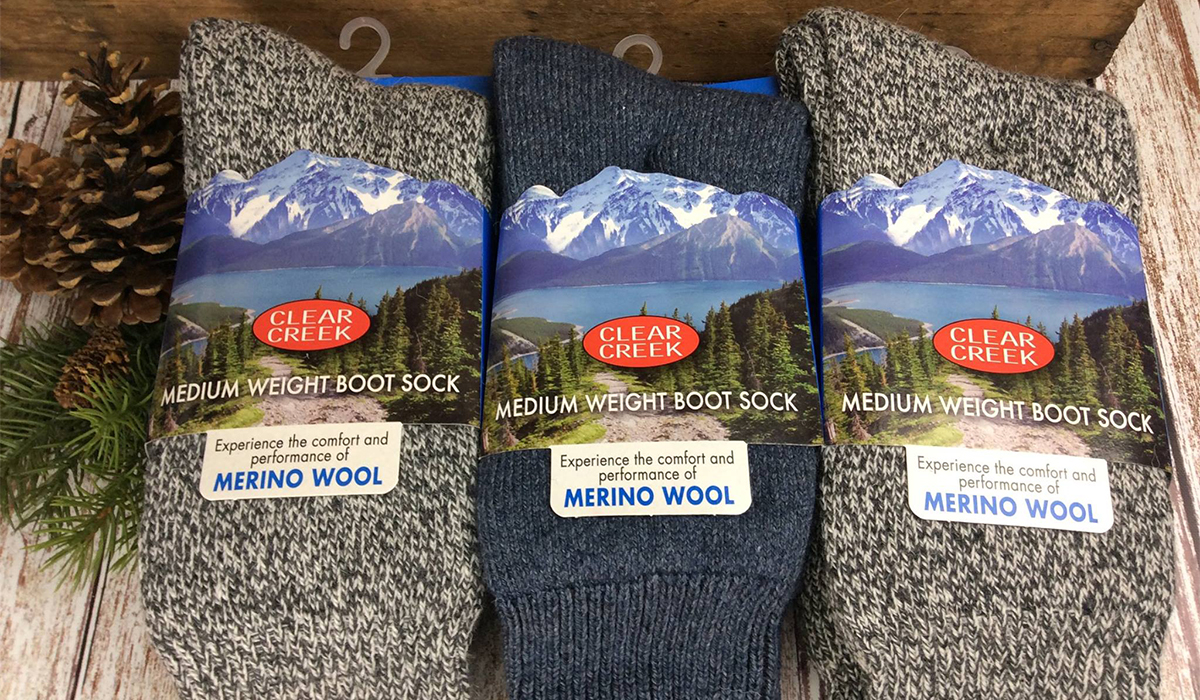
Boots
A good insulated and waterproof pair of pack boots are a must. Mid-calf to knee boots are also recommended as you will most likely be tromping through a mixture of snow, slush, and at times even water. With boots, comfort is the key. You can have the top-of-the-line winter boots but if they are too snug, trust me your feet will still get cold. It's usually recommended with winter pack boots that you go up a size to a size and half. However, you will also want to use caution that you don't go so big that your feet are rubbing and causing blisters.
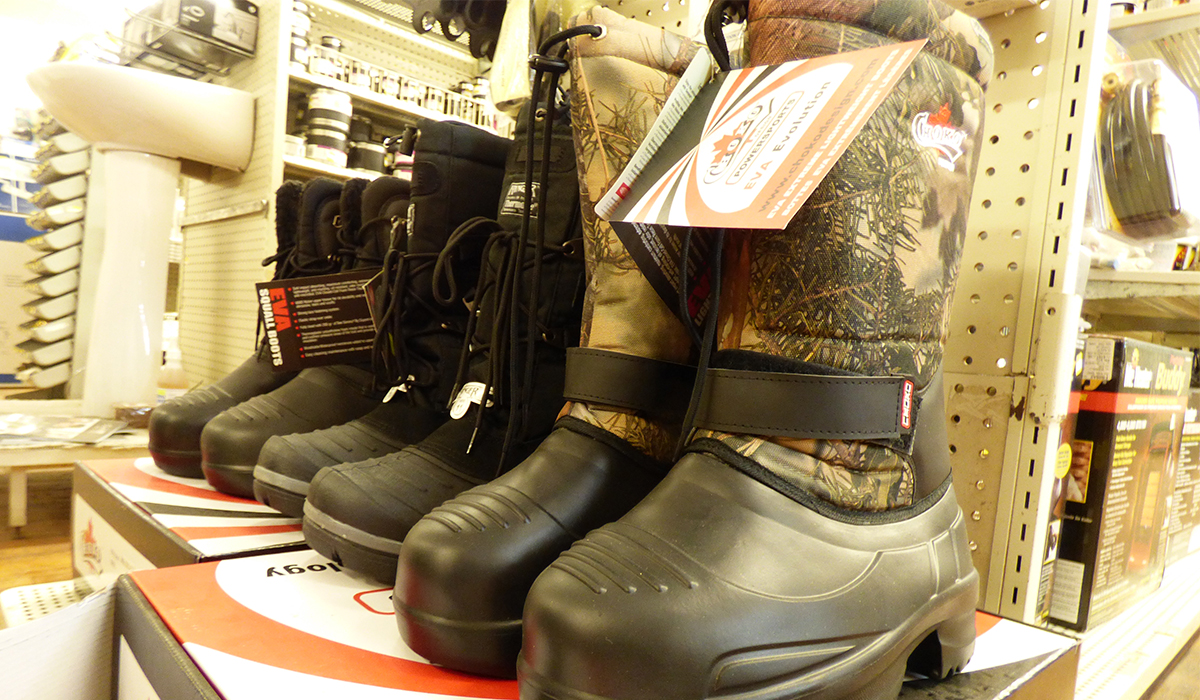
Traction
Not only should you look for a boot to have some decent tread, but since you will be walking on ice it is also not a bad idea to have either spikes or Yaktrax to help provide some additional traction on the slippery surface.
Hands
Last, but definitely not least are your hands. You want to choose a set-up that will keep you warm, but will also allow you to be able to bait your line, remove your catch, etc. Rather than getting one thick pair of gloves to take on and off, I'd recommend going with a thinner neoprene fishing glove with a larger glove over top. As you need your fine motor skills for such tasks as setting up your line. Over the top you can then slide on a large pair of gloves or mittens that can keep you toasty while you wait for your flag to pop. Because you will inevitably get your hands wet (or at least damp) at some point or another, it is good to make sure to pack extra gloves and some hand warmers in your bag.
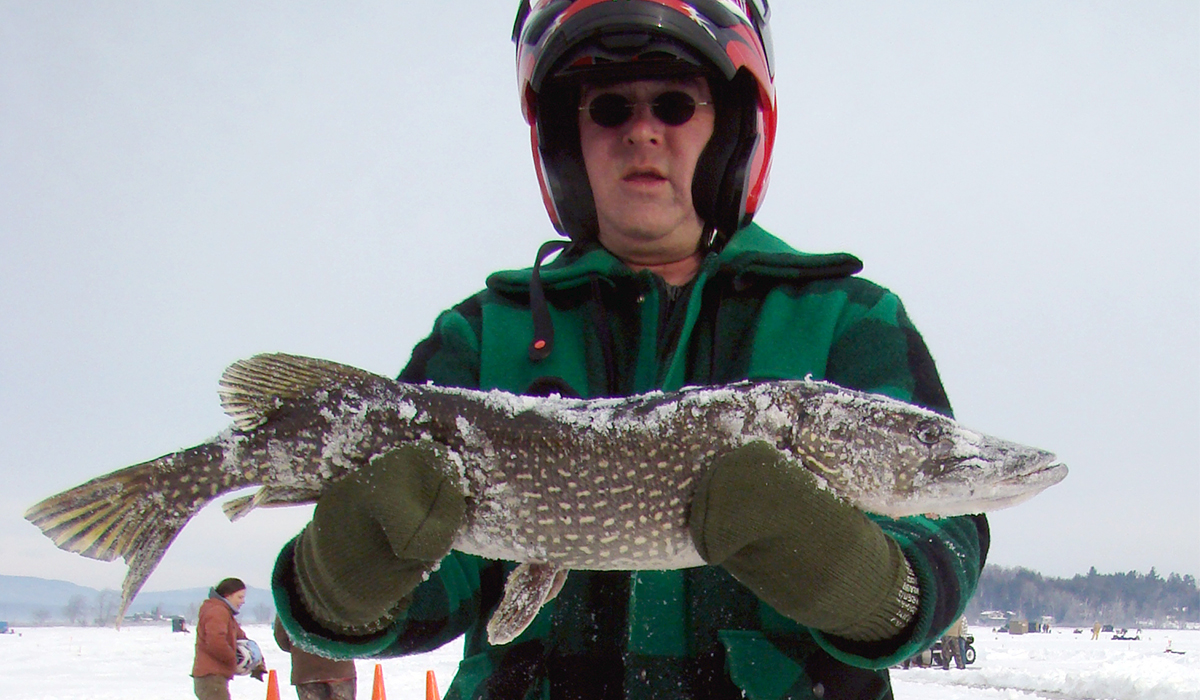
Come give it a shot!
So now that you've got the rundown of what you should wear & even some of the extra items you should pack for your next ice fishing adventure, why not come give it a try? With seemingly endless options of lakes and ponds at your disposal (and not to mention one of the largest ice fishing derbies in the state) Tupper Lake is a great spot to put your winter gear to the test. Then after a great day on the lake, enjoy a retreat back into town for a hot meal and a good night's sleep.
